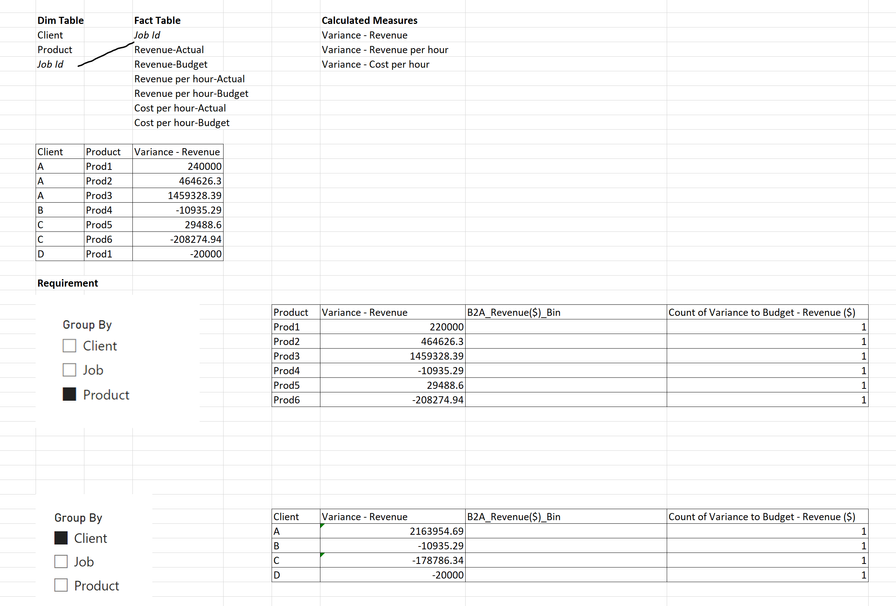- Power BI forums
- Updates
- News & Announcements
- Get Help with Power BI
- Desktop
- Service
- Report Server
- Power Query
- Mobile Apps
- Developer
- DAX Commands and Tips
- Custom Visuals Development Discussion
- Health and Life Sciences
- Power BI Spanish forums
- Translated Spanish Desktop
- Power Platform Integration - Better Together!
- Power Platform Integrations (Read-only)
- Power Platform and Dynamics 365 Integrations (Read-only)
- Training and Consulting
- Instructor Led Training
- Dashboard in a Day for Women, by Women
- Galleries
- Community Connections & How-To Videos
- COVID-19 Data Stories Gallery
- Themes Gallery
- Data Stories Gallery
- R Script Showcase
- Webinars and Video Gallery
- Quick Measures Gallery
- 2021 MSBizAppsSummit Gallery
- 2020 MSBizAppsSummit Gallery
- 2019 MSBizAppsSummit Gallery
- Events
- Ideas
- Custom Visuals Ideas
- Issues
- Issues
- Events
- Upcoming Events
- Community Blog
- Power BI Community Blog
- Custom Visuals Community Blog
- Community Support
- Community Accounts & Registration
- Using the Community
- Community Feedback
Register now to learn Fabric in free live sessions led by the best Microsoft experts. From Apr 16 to May 9, in English and Spanish.
- Power BI forums
- Forums
- Get Help with Power BI
- Desktop
- Re: Histograms to work with Group By Slicer
- Subscribe to RSS Feed
- Mark Topic as New
- Mark Topic as Read
- Float this Topic for Current User
- Bookmark
- Subscribe
- Printer Friendly Page
- Mark as New
- Bookmark
- Subscribe
- Mute
- Subscribe to RSS Feed
- Permalink
- Report Inappropriate Content
Histograms to work with Group By Slicer
Hi All,
I have a Dimension table which has Client, Product and Job Id columns and I have a fact table which has my measures as (Revenue-Actual,Revenue-Budget,Revenue per hour-Actual, Revenue per hour-Budget, etc) at job level.
My requirement is to create histograms group by either Client or Product for Variance to Budget measures.
So, I need to create the bins and show the count of either client/product depending upon the user selection.
I have not shown the bins here because they can change according to the group by slicer or by different measures (Revenue, Revenue per hour, Cost per hour). Bins should see the min and max values of each measure and generate accordingly (not necessary to create using groups).
My approach would be to create a summarize table which would check user selection(on Group By) and aggregate the Variance measure accordingly, then based on this aggregated Variance - it should create the bins and count the number of Clients/Product falling in those bins.
Please let me know if you need more details.
Thanks in Advance!
- Mark as New
- Bookmark
- Subscribe
- Mute
- Subscribe to RSS Feed
- Permalink
- Report Inappropriate Content
Hi @Saloni_Gupta ,
1. Create the calculation table and get the column names in the table.
Table 2 = {"Client", "Product"}
2. Create the field parameters.
3. Create measure.
Measure =
VAR _newvalue = SELECTEDVALUE('Table 2'[Value])
VAR _newcolumn =
SWITCH(
_newvalue.
"Client",SELECTEDVALUE('Table'[Client]),
"Product",MAX('Table'[Product])
)
RETURN CALCULATE(SUM('Table'[Variance-Revenue]),FILTER(ALLSELECTED('Table'),'Table'[Client]=_newcolumn||'Table'[Product]=_newcolumn ))
If your Current Period does not refer to this, please clarify in a follow-up reply.
Best Regards,
Clara Gong
If this post helps, then please consider Accept it as the solution to help the other members find it more quickly.
- Mark as New
- Bookmark
- Subscribe
- Mute
- Subscribe to RSS Feed
- Permalink
- Report Inappropriate Content
Hi @v-kaiyue-msft ,
Thanks for replying on this post.
I have exactly same tables (like Table2 and the one using Fields and parameter):
Now, to create histograms I am creating a measure which would generate x-axis (as mentioned in my question)
Can you suggest me how to use the above dynamic Client/Product selection in this measure as I am creating a Summarize table. Basically, If user selects Client in the slicer, it should summarize Variance Revenue by Client and then generateseries accordingly or else with the Product. Can you show me how its done using Summarize dax?
Helpful resources

Microsoft Fabric Learn Together
Covering the world! 9:00-10:30 AM Sydney, 4:00-5:30 PM CET (Paris/Berlin), 7:00-8:30 PM Mexico City

Power BI Monthly Update - April 2024
Check out the April 2024 Power BI update to learn about new features.

| User | Count |
|---|---|
| 96 | |
| 95 | |
| 82 | |
| 71 | |
| 64 |
| User | Count |
|---|---|
| 116 | |
| 106 | |
| 94 | |
| 79 | |
| 72 |







